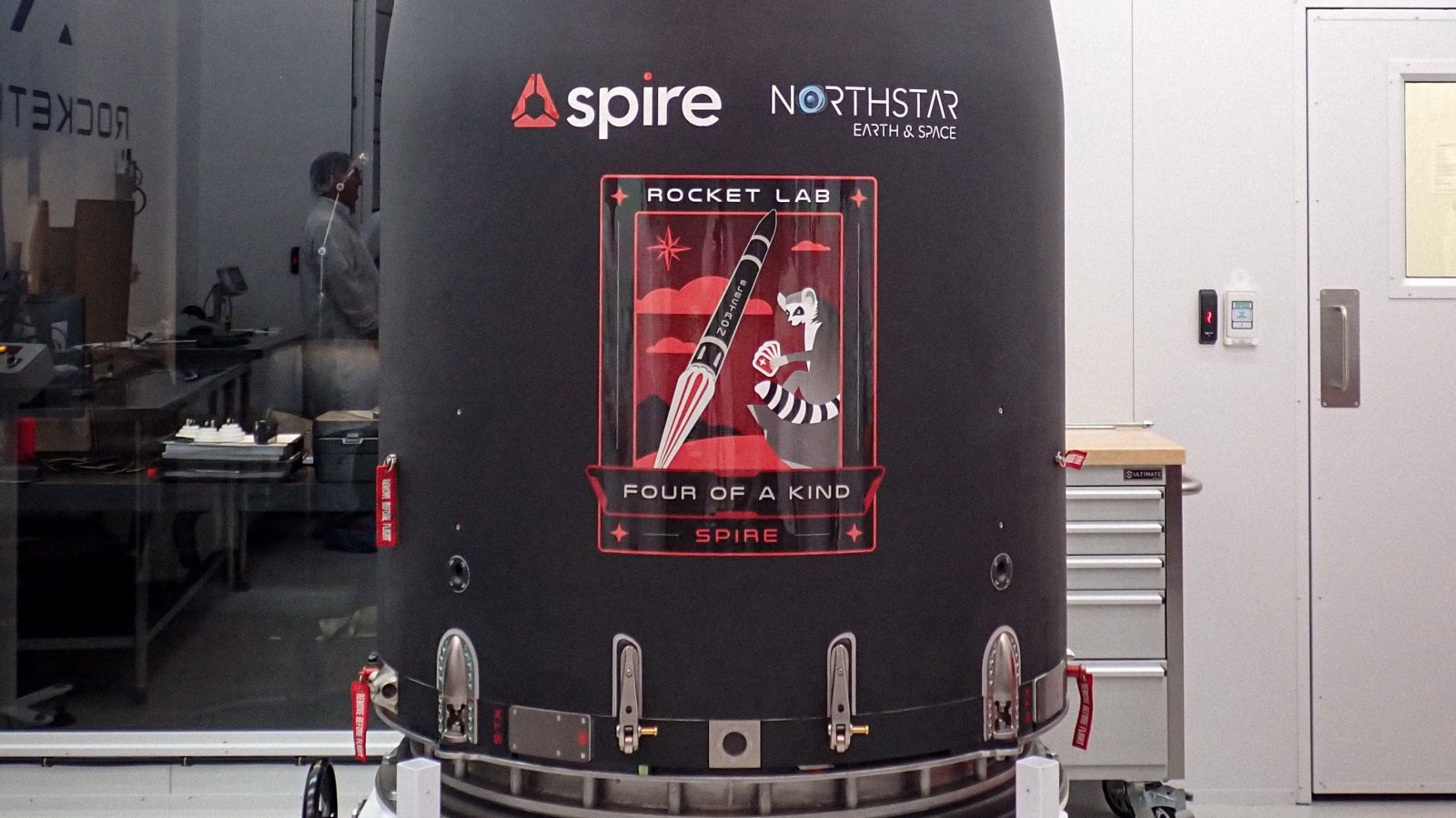
On Thursday, Rocket Lab plans to launch its first Electron rocket of 2024 with Spire Global on top. This mission will also feature a recovery of the Electron’s booster, another test before a full reuse of a booster on a future mission.
Rocket Lab prepares for most prolific year yet
In 2023, Rocket Lab squeezed out its first double digit year with 10 Electron and HASTE launches. In 2024, the company is looking to double that to 22. While this is far from SpaceX‘s goal of 148 (yes that’s a new number), for the smaller market Rocket Lab is in, that’s nothing to scoff at.
Thursday’s launch will be for Spire Global, a partnership Rocket Lab has kept for a long time. The partnership goes all the way back to the two Lemur-2 satellites launched to orbit on Rocket Lab’s second and first successful Electron rocket back in 2018. This mission will launch four space situational awareness satellites for Spire’s customer NorthStar Earth & Space.
This is the first of what we’re expecting to be five Electron orbital flights this quarter, if schedules hold. Three of those missions will feature recoverable versions of the booster, this mission included.
The launch will take place from Rocket Lab’s private spaceport out on the Māhia Peninsula using LC1-B. The last time Rocket Lab used LC1-A, the company’s original launch site, was in July of 2022, no reason has been given as to why LC1-A isn’t used anymore.
Join our Discord Server: Join the community with forums and chatrooms about space! Also, directly support us via a Server Subscription!
Full reused rocket coming up soon
In Rocket Lab’s continued move towards making its Electron booster reusable, the company has another test of its heat shield and waterproofing on this mission. This will be Rocket Lab’s eighth attempted recovery of a booster.
The New Zealand launcher has taken a less standard approach to recovery due to Electron’s limited room for increased weight. Instead of saving the much needed propellent and adding landing legs for a SpaceX style propulsive landing, Electron has been given a beefier heat shield, water proofing, and parachutes for ocean splashdowns.
The program has been successful, although the company has stated that it is not a perfect solution and Electron will never have all of its missions become reusable. However, the company made a huge improvement last year in reflying one of its first stage engines on a mission successfully.
The goal is to eventually refly an entire booster on a future mission and according to Peter Beck this might just be sooner rather than later for that to take place.
With each recovery mission we iterate toward Electron reusability and with recent launches we’ve made significant leaps forward with more successful splashdowns, recoveries and the first launch of a pre-flown Rutherford engine. We’re looking forward to putting advanced heat-shielding and waterproofing systems to the test on this mission as one of the final steps before re-flying an entire first stage. To launch an advanced mission like this with Spire as a mission partner is a real privilege, as they were on our very first orbital mission in 2018. To be partnered up again and both still pushing boundaries with new technology and capabilities all these years later is a great full circle moment.
Peter Beck, rocket lab ceo
While the company works on making Electron reusable, Rocket Lab is developing a new larger rocket that will have reusability from the start. Neutron development is well on its way and construction of its launch site at Wallops Flight Facility, Virginia is so as well. According to the Neutron section of Rocket Lab’s website, first launch is still expected this year.
FTC: We use income earning auto affiliate links. More.


Comments